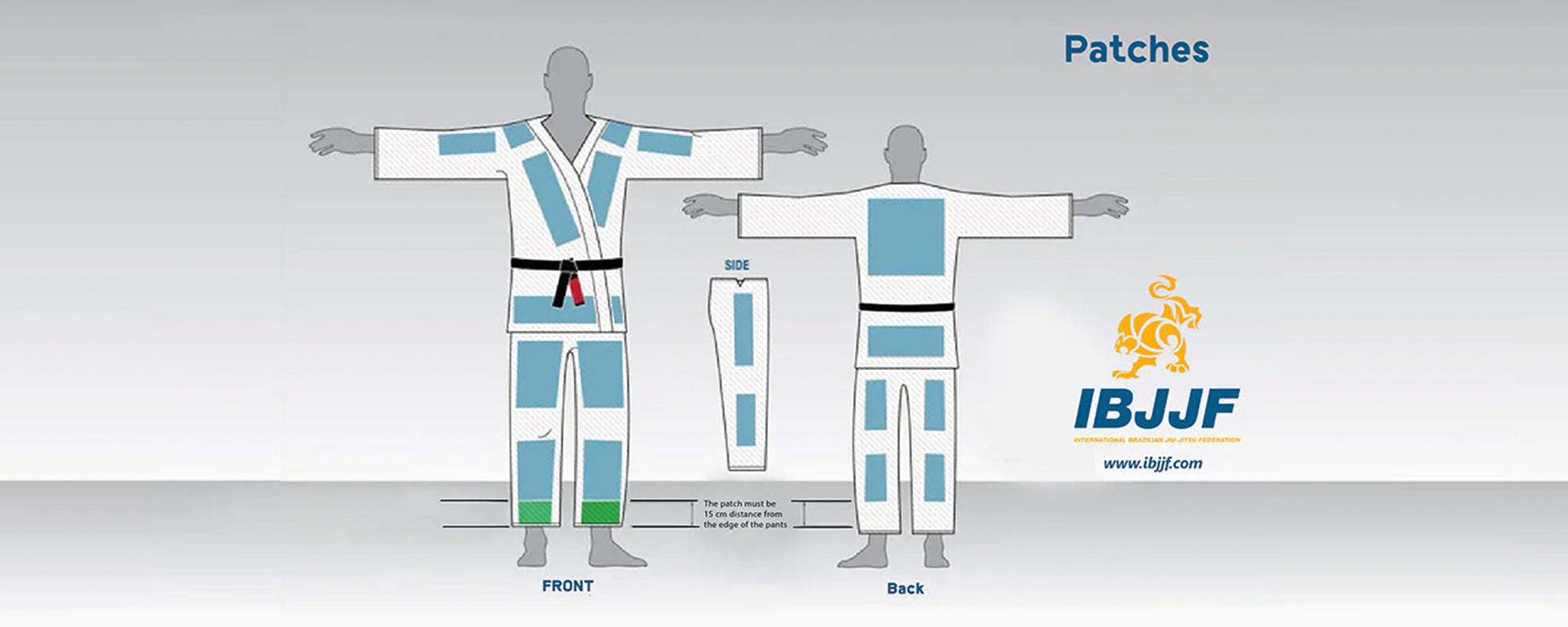Table of content
Having trouble starting your cardio routine? Struggling to figure out what cardio is and why it's so important? Thinking of finding some convenient forms of cardio, to begin with? Don’t worry. This article will equip you with everything you need to know about getting a kick start to a cardio workout.
1. What is Cardio?
A cardiovascular exercise, also known as cardio or endurance exercise, is any moderate to intense activity that raises the heart and breathing rate in order to improve the body’s endurance and health.
It is considered the best form of intense physical activity to increase the heart rate and burn an excessive amount of calories. As the heart beats faster and breathing accelerates, oxygen and blood flow are increased, thereby improving the well-being of the heart and lungs.
It basically makes use of aerobic metabolism to increase overall cardiac health and minimize the risk of heart-related diseases.
2. Duration and Frequency of Cardio for Beginners:
- It is always good to take a slow start, then gradually pick up speed to sustain an activity for a longer period of time. Therefore, beginners should do a maximum of 3 or 4 cardio workouts every week for a time duration of 20-40 min per session.
3. Convenient Forms of Cardio for Beginners
Cardio has multiple health benefits and is the most popular form of exercise among people when it comes to keeping the body fit and healthy. Luckily, there are many different types of cardio exercises that you can choose according to your preferred comfort level.
3.1. Non-Machine Cardio Exercises
Many beginners who have just started their journey often think that cardio must involve some heavy workout in the gym. However, achieving good cardiac health does not necessarily require engagement in heavy machine-related exercises.
For people who find it difficult to lift heavy equipment, there are other convenient forms of cardio activities which can be incorporated into the daily routine to sustain a healthy lifestyle. Simple activities like running and jumping can serve as a great beginner’s cardio workout.
3.1.1. Running
- Being an aerobic activity, running is the easiest way of getting the maximum benefits of cardio. Running can be a good start for beginners as it involves moving muscles in the entire body to improve aerobic fitness.
- It is more convenient compared to other forms of cardio and plays a significant role in reducing heart diseases.
- According to research, running causes a 45% drop in death risks associated with cardiovascular diseases. Moreover, on average, people who run live 3 years longer as compared to those who don’t.
- Work Plan:
- Start with 2-3 runs for 30min per week
- Don’t run on consecutive days
- Once you have sustained this routine for a month, gradually increase the distance of the run by about 10-minutes.
3.1.2. Jumping Rope
- Although it seems childish, jumping rope is another effective form of cardio that is both easy and efficient. Beginners who find running difficult can use a jumping rope instead.
- A study’s results indicated that a daily 10-minutes of jumping rope is as equally effective as 30-minutes of jogging. Hence, it provides another easy method for people who have just started.
- Work Plan:
- Try to begin with short sessions (about 1-5 minutes) every week
- Keep the frequency 3 times a week.
- Slowly increase the time of each session over time.
3.1.3. Dancing
- Dancing is another fun way of keeping your heart fit and healthy as it involves rapid movement of the entire body. If practiced regularly, it can help burn body fat and keep the body fit over time.
- However, it does not require you to sign up for technical jazz or contemporary dance class. You can simply do the dancing in your room and that will do the trick.
- Work Plan:
- Warm-up by stretching your legs and arms for 2-5 minutes.
- Dance around for 15-30 min, thrice a week in the beginning.
- Increase the duration and frequency after a month.
3.1.4. Swimming
Swimming is often considered a total body workout and is highly recommended as cardio activity.
What makes it different from other exercises is that it causes an increase in heart rate without putting any stress on your body. It greatly enhances muscle strength and cardiac fitness, along with an increase in overall endurance.
- Work Plan:
- Warm-up by freestyle swimming ( 2 x 5 m) with rest for 30-seconds after each round
- Carry out the main workout by freestyle swimming at a steady and fast pace for 30 and 45 seconds, respectively.
- Repeat the set at least 3 times a day with a break of 1-2 minutes in between
- Finally cool down by slow swimming for 1-2 rounds
Other than these, planks and boxing are also good forms of non-machine cardio exercises that you can choose depending on your preference.
3.2. Machine-Related Cardiovascular Activities
Once you have built your body stamina, you can move on to machine-related workouts. There are plenty of ways to keep your heart pumping and maintain the blood flow by using various equipment. Some common types of machine-related cardio workouts are:
3.2.1. Stationary cycles
Indoor cycling machines are available at almost all gyms and are the most common form of cardio machines.
These are a great way of building the body’s tolerance and exposing it to various workouts of different intensities. The control handles on these cycles allow you to adjust and control the level of difficulty.
- Work Plan:
- Start with low intensity pedaling for 5 to 10-mins
- Shift to medium intensity for about 5-mins
- Switch to high intensity for 1-2 mins
- Keep shifting between medium and high for 5-mins and 1-2 mins, respectively.
- End with low intensity pedaling for 5 min
- Pro Tips:
- Try to adjust the height of the seat all the way up to the hip bone for a comfortable experience.
3.2.2. Treadmills
If you are not fond of running outdoors, treadmills are a great way to obtain the same perks as running indoors. These machines allow you to monitor your heart rate and calories burned as you progress, helping you keep a track of your goal.
Beginners should start with a steady-state treadmill workout that is best for cardiac fitness:
- Work Plan:
- Begin with a speed level you can easily maintain for about 20 mins at least
- Once you get hold of the machine, try to speed up gradually and shift to high intensity with intervals in between.
- Pro Tips:
- Try 30 and 40 minutes of moderate and low intensity workouts, respectively to sustain a longer workout.
3.2.3. Rowing
Another incredible cardio workout is rowing, which utilizes muscles in the core, arms, legs, and back. Rowing at a higher intensity is good for elevating the heart rate and constitutes a well-balanced workout.
- Work Plan:
- Beginners should start with low-intensity rowing for about 5 minutes to warm up. It helps to develop focus on the technique.
- Then shift to medium intensity for 3-5 minutes with a rest period of 3 min. It will help build up your muscles and increase power output during strokes
- Switch to a high-intensity workout for about 5-mins with 1-min intervals. It helps burn more calories during and after the exercise.
- Pro Tips:
- Always try to keep your back straight and don’t bend down at your waist to use your arms. Always use leg strength to do a stroke.
4. Why is Cardio Important?
If you want to sustain your fitness, health, and stamina through a single form of exercise, cardio is all what you need. It has a lot to offer in terms of both mental and physical health.
Instead of focusing on a certain area, it can enhance the well-being of individuals in many different ways. It involves the persistent movements of several muscle groups overtime to keep the heart rate at its highest level.
As the heart beats faster, more oxygen is pumped to the tissues and the body stays energized for longer periods of time. The regular utilization of body muscles ultimately improves the functions and efficiency of the cardiac, metabolic, respiratory, and immune systems.
5. Physical Benefits
5.1. Better Cardiac Health
Like all other muscles in the body, the heart is also a soft muscle that should undergo regular exercise to sustain its health. Cardiovascular activity aids in this by making the heartbeat at a faster rate on a daily basis and minimizes the bad cholesterol level in the body, thus maintaining overall cardiac health.
5.2. Weight Loss
Cardio workouts increase the body’s metabolic rate and burn more calories compared to other forms of exercise. Therefore, it is the most efficient way of lowering your body weight and keeping your body in shape.
“According to a report by the Centres for Disease Control and Prevention (CDC), about 150 minutes of moderate cardio every week effectively maintains the body weight over time.”
5.3. Stronger Immunity
Another great benefit of cardio is the development of a stronger immune system.
Since cardio causes the heart to pump at a faster rate, more blood is pumped into the blood vessels, and the increased pressure causes these vessels to dilate.
Consequently, the flow of WBCs (White Blood Cells) to the cells increases and protects the body from foreign invaders by strengthening the immune system as a whole.
6. Psychological Benefits
6.1. Good Mental Health
In addition to physical health, cardiovascular exercise has been found to play a major role in improving mental health as well.
Whenever the body is engaged in any cardio activity, it releases feel-good hormones known as Endorphins. These chemicals are excreted during and after the exercise, which helps to reduce muscle stress and tension.
“A study conducted in Germany about the impacts of aerobic exercises on patients with major depression revealed that such people showed a dramatic reduction in their depression symptoms after walking on treadmills with 30 min interval for 10 days.”
6.2. Enhanced Brain Power
Being an aerobic exercise, cardio improves the cognitive functions of the brain by slowing down tissue degeneration. Moreover, it stimulates growth in the volume and size of the brain regions that are involved in memory building and thinking skills.
7. Takeaway
Cardio has multiple health benefits and is the most popular form of exercise among people when it comes to keeping the body fit and healthy.
Although it is essential to sustain a healthy lifestyle, it must be followed in a way that suits your body systems. Try to avoid gym-related workouts in the beginning and pick a rather convenient form of cardio to achieve benefits in the long run.












Leave a comment
This site is protected by hCaptcha and the hCaptcha Privacy Policy and Terms of Service apply.